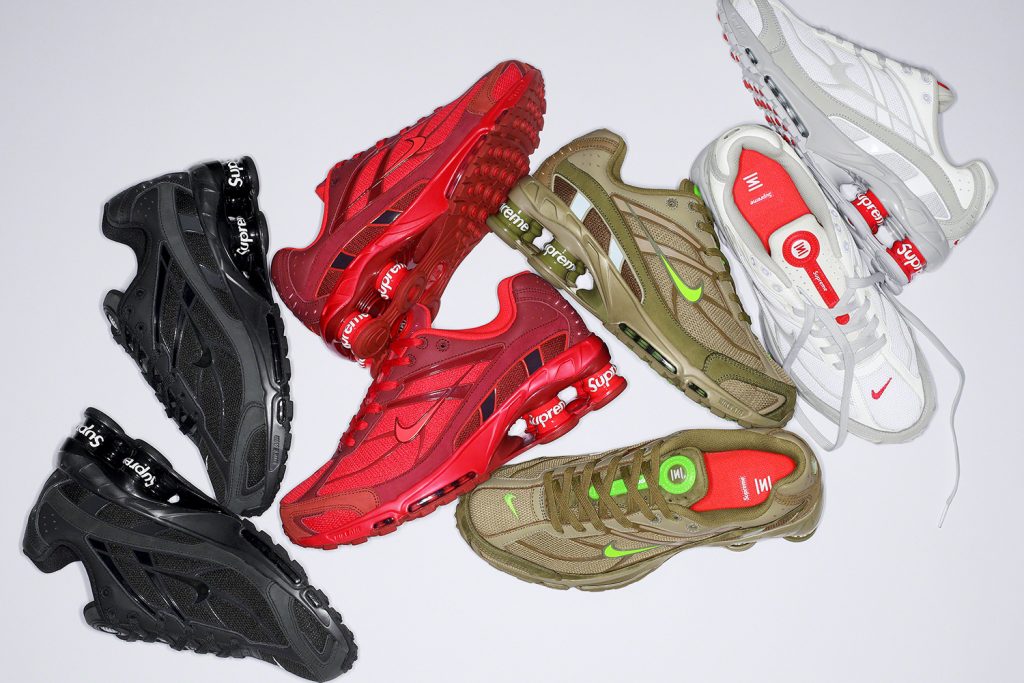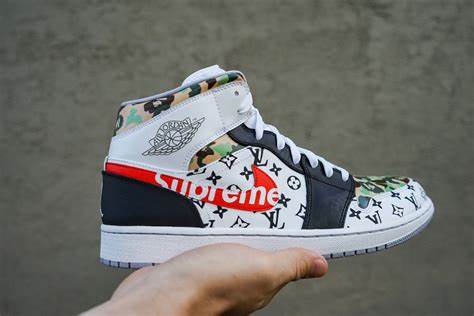In the dynamic world of fashion, few brands have managed to capture the zeitgeist of youth culture and the essence of cool as effectively as Supreme. Founded in 1994 by James Jebbia in New York City, Supreme started as a small skateboarding shop catering to the local skate community. Over the years, it has evolved into an iconic global brand, synonymous with exclusivity, rebellion, and a unique blend of street and luxury fashion. This essay explores the meteoric rise of Supreme, its influence on streetwear culture, key elements of its success, and how it has shaped the interactions between fashion, art, and commerce.

The Genesis of Supreme:
Supreme’s journey began in a modest storefront on Lafayette Street in downtown Manhattan, a space that quickly became a hub for skaters, artists, and counterculture youth. Jebbia’s vision was to create a brand deeply rooted in the skateboarding and art scenes of New York, offering not just apparel but an identity that resonated with the rebellious spirit of its community.

Iconic Products and Collaborations:
Supreme is renowned for its bold logo, limited product releases, and highly sought-after collaborations with artists, designers, and major brands across various industries. From partnerships with Louis Vuitton to unique collections featuring the artwork of Damien Hirst, Supreme has blurred the lines between streetwear and high fashion, art, and commerce. Its iconic box logo, or “bogo,” has become a symbol of exclusivity and streetwear royalty, coveted by collectors and enthusiasts worldwide.
The Hype Phenomenon:
A pivotal aspect of Supreme’s success is its mastery of the “drop” system, creating hype through limited releases and unexpected collaborations. This strategy has not only fueled demand but also fostered a passionate community of fans and resellers, turning sneaker and apparel releases into significant cultural events.
Cultural Impact and Expansion:
Supreme’s influence extends beyond fashion; it has become a cultural phenomenon, reflecting and shaping youth attitudes, music, art, and lifestyle. As the brand has expanded globally, with stores in major cities across the world, it has maintained its unique identity and connection to its roots, even amidst growing commercial success.
Challenges and Controversies:
Like any brand that has risen to fame, Supreme has faced its share of challenges and controversies, from issues of authenticity and counterfeiting to debates over its evolving identity in the face of mainstream success. These challenges highlight the delicate balance Supreme navigates between underground authenticity and global brand status.
Conclusion:
Supreme’s journey from a small skate shop to a global streetwear icon encapsulates the evolution of street fashion over the past three decades. Its ability to remain at the forefront of cultural trends, while staying true to its core values, has solidified its place in the annals of fashion history. As Supreme continues to innovate and expand, it remains a symbol of youth rebellion, creativity, and the endless pursuit of cool.